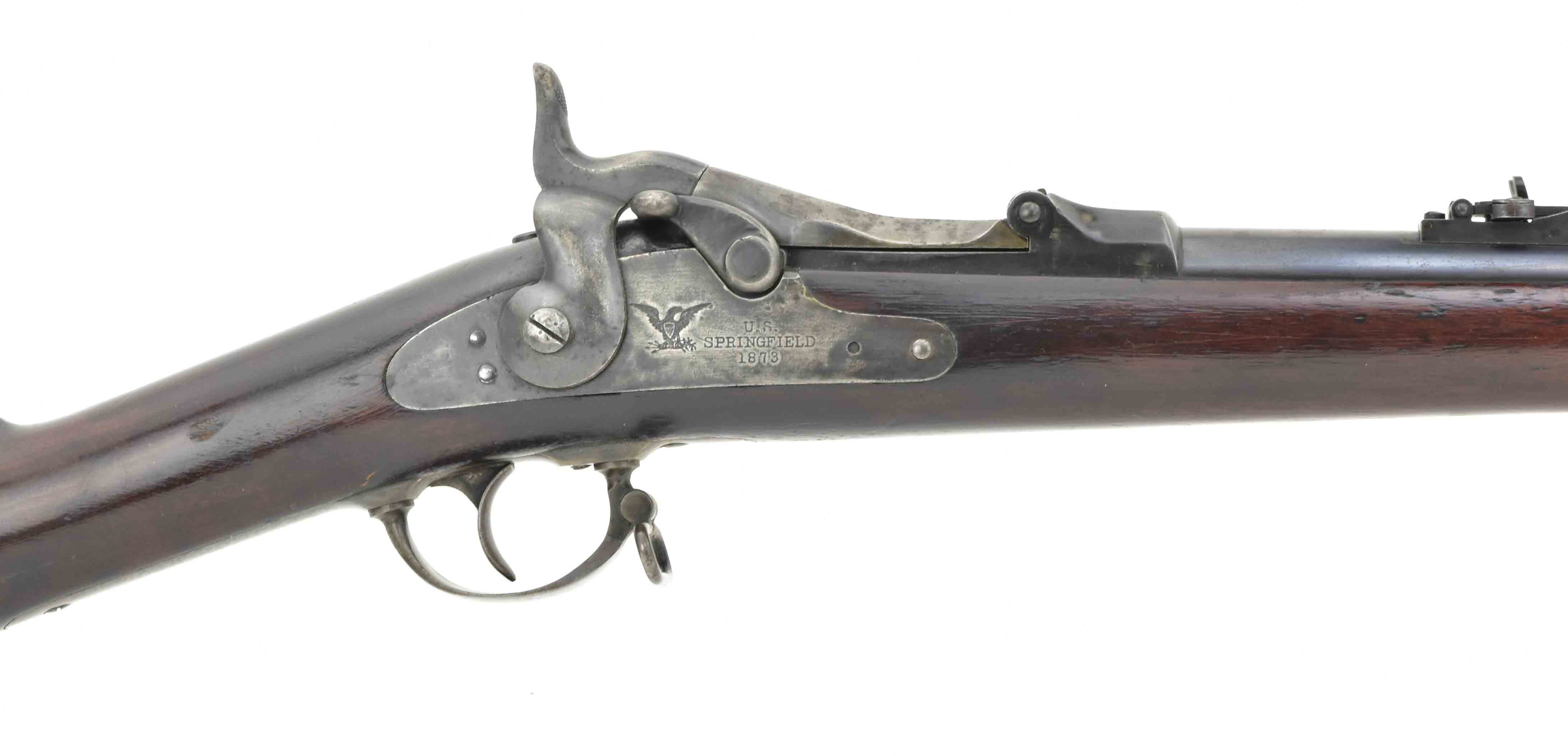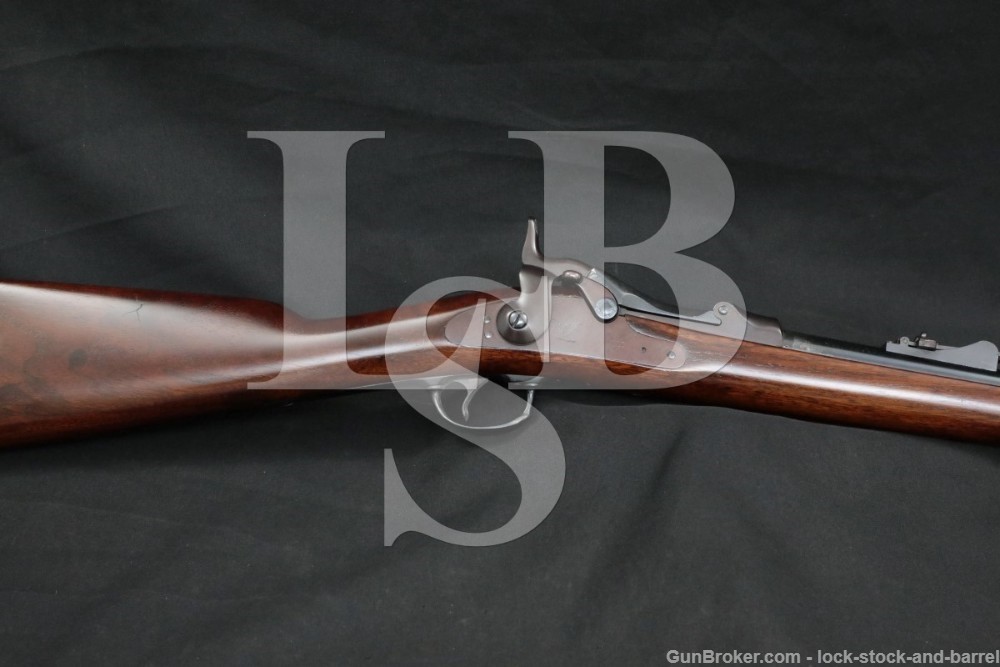

- #45 70 1873 springfield trapdoor 45 70 value serial number
- #45 70 1873 springfield trapdoor 45 70 value trial
This cartridge had a correspondingly reduced muzzle velocity of 1,100 feet per second (340 m/s) and a somewhat reduced effective range. A reduced-power load of 55 grains (3.6 g) of powder (Carbine Load) was manufactured for use in the carbine to lighten recoil for mounted cavalry soldiers. It had a muzzle velocity of 1,350 feet per second (410 m/s), making it a powerful and effective load for the skirmish tactics of the era. The rifle cartridge was designated as ".45-70-405", indicating a. 99 Springfield" which became the Model 1873. Firing tests were held at the Springfield Armory and Governor's Island where the average rate of fire for the Springfield was 8 rounds per minute for new recruits and 15 rounds per minute for experienced soldiers. Both single shot and magazine equipped systems were considered but, at the time, the single shot was deemed to be more reliable. The trials included tests for accuracy, dependability, rate-of-fire, and ability to withstand adverse conditions.
#45 70 1873 springfield trapdoor 45 70 value trial
Terry, conducted an examination and trial of 99 rifles from several domestic and foreign manufacturers including those from Springfield, Sharps, Peabody, Whitney, Spencer, Remington, and Winchester pursuant to the selection of a breech-loading system for rifles and carbines for the U.S. In 1872–1873 a military board, headed by Brigadier-General Alfred H.


It was superseded by an improved model, the Springfield Model 1884, also in. The infantry rifle model featured a 32 5⁄ 8-inch (829 mm) barrel, while the cavalry carbine used a 22-inch (560 mm) barrel. The Model 1873 was the fifth variation of the Allin trapdoor design, and was named for its hinged breechblock, which opened like a trapdoor. The gun, in both full-length and carbine versions, was widely used in subsequent battles against Native Americans. The Springfield Model 1873 was the first standard-issue breech-loading rifle adopted by the United States Army (although the Springfield Model 1866 had seen limited issue to troops along the Bozeman Trail in 1867). User dependent usually 8 to 10 rounds per minute Albert J.Breech-loading rifle Springfield Model 1873Ĭavalry carbine with 22 in (560 mm) barrel, Offered with a typed letter dated 21 February 2007 signed by Dr.
#45 70 1873 springfield trapdoor 45 70 value serial number
This serial number falls in the range of carbines shipped to Fort Keogh, Montanaįlayderman notes 'Pre-1876 carbines falling below the serial range of approximately 43,700 usually bring a premium value as they are considered pre-Custer Massacre/ 7th Cavalry types'

barrel, recent London black powder proof Footnotes With russet sighted barrel rifled with three grooves and retained by a spring-held barrel band stamped with inspector's mark 'U', original folding adjustable back-sight calibrated to '12' hundred yards, and to '5' hundred yards along the side, serial numbered action with characteristic hinged breech-block with sprung release lever and stamped 'Model 1873' above crossed arrows and eagle-head mark over 'US', plain tang, figured half-stock (some bruising and minor repairs) apparently with remains of inspector's stamp on the left side, stamped with unclear '36' on the comb in front of the heel tang, and '34' or '84' in front of the trigger-guard, steel mounts comprising curved butt-plate dot punched 'FF', trigger-guard without sling loop, interrupted forward loop, and bright saddle-bar and ring (some wear and light rust patination) (2)Ģ2in.


 0 kommentar(er)
0 kommentar(er)
